Table of content
Introduction
Frozen shrimp has become a staple in modern kitchens, prized for its convenience, versatility, and ability to transform simple meals into gourmet experiences. Whether you’re whipping up a quick stir-fry, a vibrant pasta dish, or a refreshing salad, frozen shrimp offers a reliable protein source that requires minimal prep. However, one question persists among home cooks and culinary enthusiasts alike: How long should frozen shrimp be cooked to achieve the perfect balance of tenderness and flavor? This article delves into the science and art of cooking frozen shrimp, exploring cooking times across various methods, factors influencing doneness, and expert tips to avoid overcooking or undercooking. By the end, you’ll have the confidence to cook frozen shrimp to perfection every time.
Understanding Frozen Shrimp: Types and Quality
Before diving into cooking times, it’s essential to grasp the basics of frozen shrimp. Shrimp is typically sold pre-cooked (peeled, deveined, and cooked) or raw (uncooked, often with shells on or off). Frozen raw shrimp is the focus here, as it requires precise cooking to ensure safety and texture.
Key Factors Affecting Cooking Time
- Size: Shrimp is categorized by count per pound (e.g., 21/25 means 21-25 shrimp per pound). Smaller shrimp cook faster than larger ones.
- Thawing Method: Cooking from frozen versus thawed shrimp alters timing.
- Cooking Method: Boiling, sautéing, grilling, and baking each demand different durations.
- Altitude and Heat Source: High-altitude cooking or uneven heat may require adjustments.
Cooking Methods and Timings for Frozen Shrimp
Boiling Frozen Shrimp
Boiling is the quickest method, ideal for shrimp cocktails, salads, or pasta.
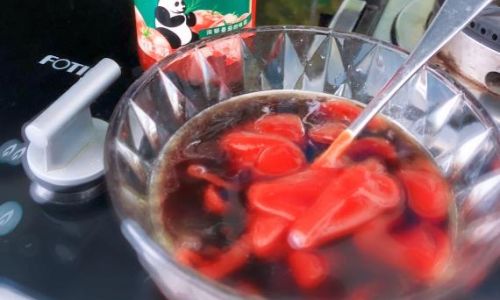
- Steps:
- Fill a pot with water, add salt (1 tbsp per quart), and bring to a rolling boil.
- Add frozen shrimp directly (no need to thaw).
- Stir gently to separate shrimp.
- Cook until opaque and firm.
- Timing:
- Small/Medium (41-50 count): 2-3 minutes.
- Medium/Large (26-30 count): 3-4 minutes.
- Jumbo (16-20 count): 4-5 minutes.
- Pro Tip: Overcooking shrimp turns them rubbery. Remove them 1 minute early if unsure—they’ll continue cooking off-heat.
Sautéing/Pan-Frying Frozen Shrimp
Sautéing locks in flavor and creates a caramelized crust.
- Steps:
- Heat 1-2 tbsp oil in a skillet over medium-high heat.
- Add frozen shrimp in a single layer.
- Cook 2-3 minutes per side until pink and curled.
- Timing:
- Small/Medium: 4-5 minutes total.
- Large/Jumbo: 6-7 minutes total.
- Pro Tip: Avoid overcrowding the pan to ensure even cooking.
Grilling Frozen Shrimp
Grilling imparts a smoky char, perfect for kebabs or tacos.
- Steps:
- Preheat grill to medium-high (400-450°F).
- Thread frozen shrimp onto skewers (if small).
- Grill 2-3 minutes per side until grill marks appear.
- Timing:
- Small/Medium: 4-6 minutes.
- Large/Jumbo: 6-8 minutes.
- Pro Tip: Brush with oil to prevent sticking.
Baking Frozen Shrimp
Baking is hands-off and ideal for casseroles or sheet-pan meals.
- Steps:
- Preheat oven to 400°F (200°C).
- Toss frozen shrimp with oil, seasonings, and veggies on a baking sheet.
- Bake 8-12 minutes, stirring halfway.
- Timing:
- Small/Medium: 8-10 minutes.
- Large/Jumbo: 10-12 minutes.
- Pro Tip: Add shrimp during the last 10-15 minutes of baking to avoid overcooking other ingredients.
Steaming Frozen Shrimp
Steaming preserves moisture and delicate flavors.
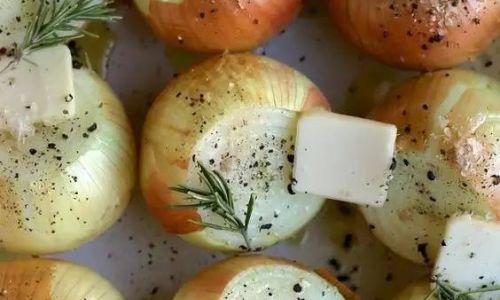
- Steps:
- Place a steamer basket in a pot with 1 inch of water.
- Bring water to a boil, add frozen shrimp, and cover.
- Steam until opaque and firm.
- Timing:
- Small/Medium: 3-4 minutes.
- Large/Jumbo: 5-6 minutes.
- Pro Tip: Steaming is excellent for shrimp used in sushi or chilled salads.
How to Check for Doneness
Regardless of the method, use these cues to determine if shrimp are cooked:
- Visual: Raw shrimp are gray and translucent; cooked shrimp turn pink with opaque flesh.
- Texture: Undercooked shrimp feel soft; overcooked ones are rubbery. Perfectly cooked shrimp offer a firm, bouncy texture.
- Internal Temperature: Use a meat thermometer—shrimp should reach 145°F (63°C).
Thawing vs. Cooking from Frozen: Does It Matter?
While many recipes call for thawing shrimp first, cooking from frozen is safe and often preferable. Thawing can lead to moisture loss, while cooking from frozen helps retain juiciness. However, thawed shrimp cooks slightly faster, so reduce times by 1-2 minutes.
Thawing Methods (if preferred):
- Refrigerator: Overnight in a covered bowl.
- Cold Water: Submerge sealed bag in cold water for 15-30 minutes.
- Microwave: Use defrost setting, but cook immediately to avoid bacteria growth.
Avoiding Common Mistakes
- Overcooking: Shrimp cook rapidly—err on the side of undercooking if unsure.
- Crowding the Pan: Overcrowding lowers heat and causes steaming instead of searing.
- Skipping Seasoning: Frozen shrimp benefits from marinades or spices to enhance flavor.
- Using High Heat: Medium-high heat prevents burning while ensuring even cooking.
Delicious Recipes Using Cooked Frozen Shrimp
Garlic Butter Shrimp Pasta
- Ingredients: Cooked shrimp, spaghetti, garlic, butter, lemon, parsley.
- Steps:
- Sauté garlic in butter, add shrimp, and toss with pasta.
- Squeeze lemon and garnish with parsley.
Spicy Shrimp Tacos
- Ingredients: Cooked shrimp, taco shells, cabbage slaw, chipotle mayo.
- Steps:
Toss shrimp in chipotle seasoning, grill, and serve in tortillas.

Shrimp Fried Rice
- Ingredients: Cooked shrimp, rice, peas, carrots, eggs, soy sauce.
- Steps:
Stir-fry veggies, add rice and shrimp, and drizzle with soy sauce.
Conclusion
Cooking frozen shrimp to perfection hinges on understanding size, method, and doneness cues. Whether boiling, sautéing, or grilling, adhering to recommended timings ensures tender, flavorful results. Experiment with recipes to discover your favorite way to enjoy this versatile seafood. With practice, you’ll master the delicate balance of timing and technique, turning a simple frozen ingredient into a culinary triumph.
Final Tip: Always keep a close eye on shrimp while cooking—their transformation from gray to pink happens in minutes. Happy cooking!
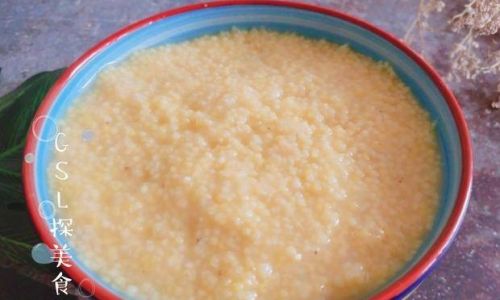
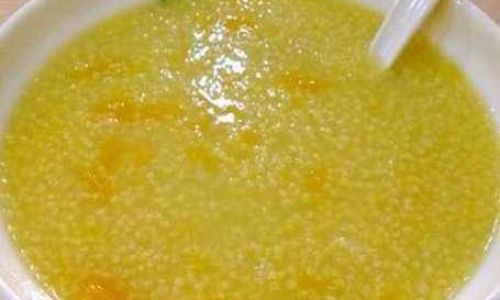
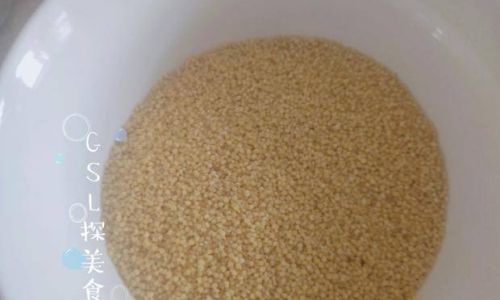


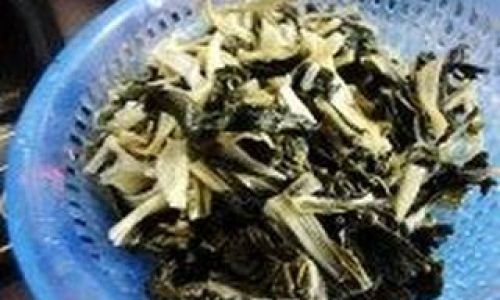
0 comments